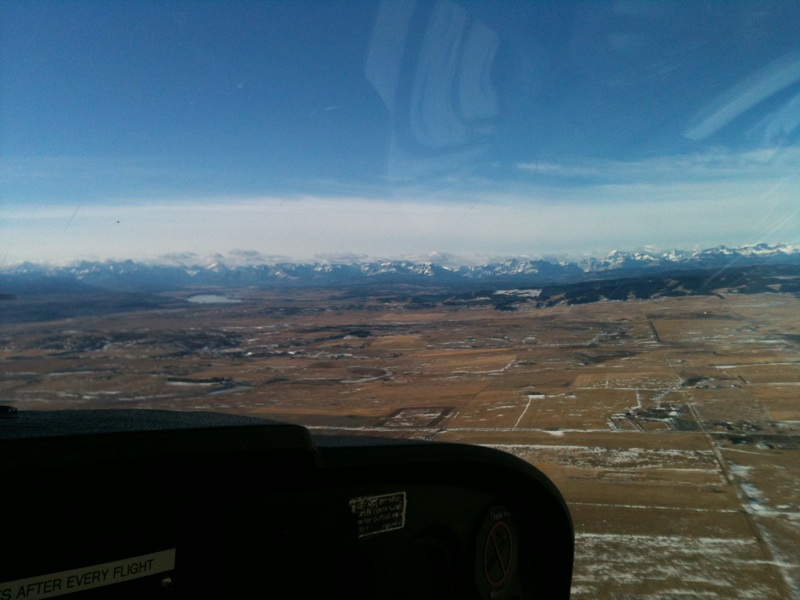
In my first solo flight, part 1, I talked about the fear I faced when my instructor Sarah tried to send me solo.
How do they know you are ready?
So how did Sarah know I was ready to solo anyway? She said that there is a point where the student knows the circuit really well and can get the plane on the ground safely, mainly knowing when to flare for landing and continuing to pull up until the main wheels touch the ground first, and not all wheels at once. I had done those well. She said there is also a time when you can sense the student is ‘bored’ and not really progressing anymore, and that is the right time. Going solo reinforces all the skills that you have learned up to that time, and in fact is the time when “learning really begins.”
So then came the complicated series of steps to get to know my new instructor, his teaching style, and what he was looking for. I also had to show him what I was proficient at and where I needed help, so it takes some time where we are trying to find out how we can work together so I can best learn. I was expecting that we would fly together one day very soon and he would send me solo, like Sarah did, since I was already there. But I found out it wasn’t as simple.
Different Classes of Instructor
Sarah is a level 2 instructor. Instructors start out at level 4 and through a series of accumulated teaching hours and issuing licenses to students as well as writing of exams can attain level 3, then 2, and then 1, which is the most advanced level. Level 4 instructors are under the supervision of a level 2 or 1 instructor at all times until they meet criteria to advance levels. My new instructor is level 4 and did not have permission to send me solo, but had to get a more advanced instructor to check my flying before he could sign off on me.
Review and more review … frustration
So we ran through a series of exercises again. Though I’d already done most of them with Sarah, we needed to do them again together. So we did lots of cross wind landings, perfected a much softer landing technique, and we also did a series of emergency engine out procedures. We also did something I never did with Sarah. It’s called a power-off 180. Basically, we simulate an engine out on the downwind leg and establish a best glide to make it to the runway. It was a lot of fun, but then I began to be impatient and tired with the circuit.

Though I was scared to solo, I had intellectualized it that I needed to go or else I may as well quit training right now. This was a frustrating time for me. I was very tired of the circuit, I felt like my training wasn’t going anywhere, I was trying to adjust to my new instructor and I missed my old one. I was starting to lose my love of the flying that I worked really hard at. I felt frustrated and lost. Turns out, this is actually quite normal: instructors can recognize it.
Out of the circuit to explore
I think sensing my boredom, my instructor suggested we fly to Olds/Didsbury to practice circuits there. It was a day that I will remember, it was 8 am, clear and sunny, and there was some navigation involved so it was a new experience for me. This went well and the next lesson we had ideal conditions and I demonstrated a series of really nice landings. I felt pretty comfortable with them at this point, and finally had ‘clicked’ with my new instructor.
And the finale … continue to Part 3!

